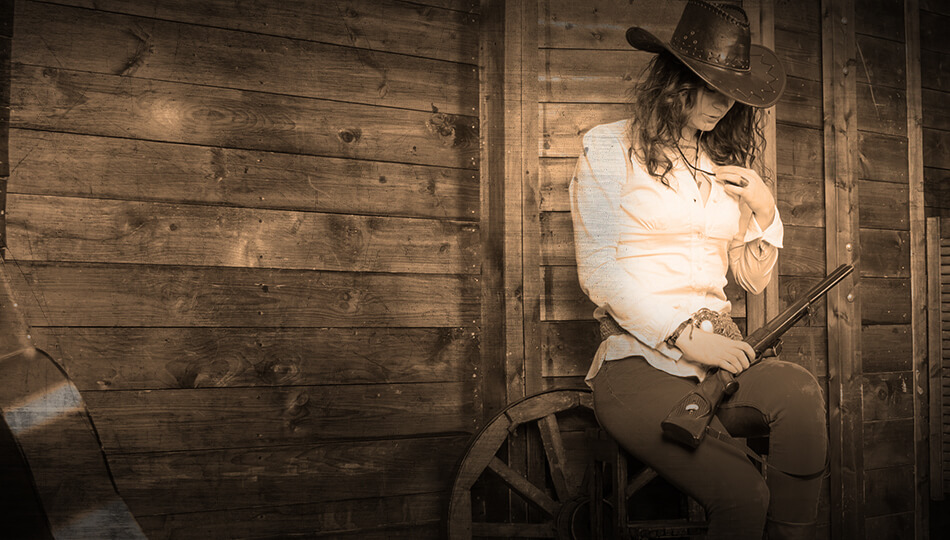Welcome to the world where the legal system in Ohio treats you differently depending on where you draw and use your firearm in self-defense. Yes, I am speaking of the “Castle Doctrine.”
Now, I am not going to go into great depth on the history of the law, which stems from the old common law principles of a man in his castle, but rather concentrate on the specifics of what the castle actually is and how Ohio’s law regarding self-defense works with it to protect the gun owner.
That said, a quick background does serve a purpose.
The “Castle Doctrine”
When I speak at U.S. LawShield events, I like to talk about the spectrum of duty to retreat principles when describing the Castle Doctrine.
In some states, like ours before the institution of this law in 2008, there was a duty to retreat before resorting to the use of deadly force—everywhere without exception. That is one end of the spectrum. The other end is “Stand Your Ground,” which removes the duty to retreat everywhere, like in Florida, Kentucky, and Georgia, for example.
Well, in the middle of the spectrum is the “Castle Doctrine,” where Ohio has determined that gun owners who resort to deadly force while in their “castle” may do so without the burden of having to retreat first.
What is a Castle?
With our place on the spectrum established, let’s concentrate on what actually represents the “castle.” Ohio Rev. Code §§ 2901.09 and 2901.05 set forth the Castle Doctrine in our state, and where it applies.
The two sections state, respectively:
“A person who lawfully is in that person’s residence has no duty to retreat before using force in self-defense, defense of another, or defensive of that person’s residence, and a person who lawfully is an occupant of that person’s vehicle or who lawfully is an occupant in a vehicle owned by an immediate family member of the person has no duty to retreat before using force in self-defense or defensive of another.”
That is the first part. The second part deals with the presumption, and is stated as follows:
“A person is presumed to have acted in self-defense or defense of another when using defensive force that is intended or likely to cause death or great bodily harm to another if the person against whom the defensive force is used is in the process of unlawfully and without privilege to do so entering, or has unlawfully and without privilege to do so entered, the residence or vehicle occupied by the person using the defensive force.”
What it Means for You
Now that was a lot of legal terminology. So, let me break down the specifics so we all know what they mean by “residence” and “vehicle.”
“Residence” means a dwelling in which a person resides, either temporarily or permanently, or is visiting as a guest. “Vehicle” means a conveyance of any kind, whether or not motorized, that is designed to transport people or property.
See how they are more broadly defined than you might have thought? It’s not necessarily just the house you pay the mortgage on or the apartment or condo you rent. It’s anywhere you may be laying your head for the night. A temporary habitation: this could be a tent in the woods while camping, for instance. And the vehicle exception extends to vehicles that you own, are riding in, or in those of immediate family members. These definitions allow the protections of the law to follow you when you are not actually at home, but maybe out and about on vacation within the state, or simply running day-to-day errands.
Limits of Your “Castle”
Let’s quickly define the parameters.
For vehicles it’s easy: you are either in the car or you aren’t. A road rage incident where things develop after you exit your vehicle will likely not fall into the category, so your occupation of the vehicle at the time is very important.
Ohio is not a curtilage state when it comes to the castle. You must be in the home or temporary habitation as we defined it. This means the actual structure or attached portions of the structure, like the porch or attached garage. It does not mean the yard or sidewalk in front of the house.
Let me draw your attention to a case that really drives this concept home. In 2015, David Hillis of Akron, Ohio, was allegedly threatened and robbed in his house by two individuals. Had he resorted to the use of deadly force while in the home, he might have been exonerated of any criminal charges. He did not. He followed the men outside the confines of his home and shot and killed one of them in his chase. He was successfully prosecuted for voluntary manslaughter. The “castle” is narrowly defined, so remember that its protections have limits.
For any questions on this topic or any other, please call U.S. LawShield and ask to speak to me, your Independent Program Attorney. I love speaking with members and look forward to answering any questions you might have.





Hopefully I’ll never need a lawyer, but if I ever do regarding shooting, can you recommend one in the Columbus Ohio area?
I live in a small condominium complex, so it is clear to me that anyone walking around the grounds would not be in my residence since these are common grounds. How does the concept of an attached structure apply to my deck? It is attached to my condo and raised at least 3 feet off the ground and requires you to walk up at four steps to get onto it. According to the condo rules it is my responsibility to maintain this deck.
Are places of worship covered under the Ohio Castle Doctrine?